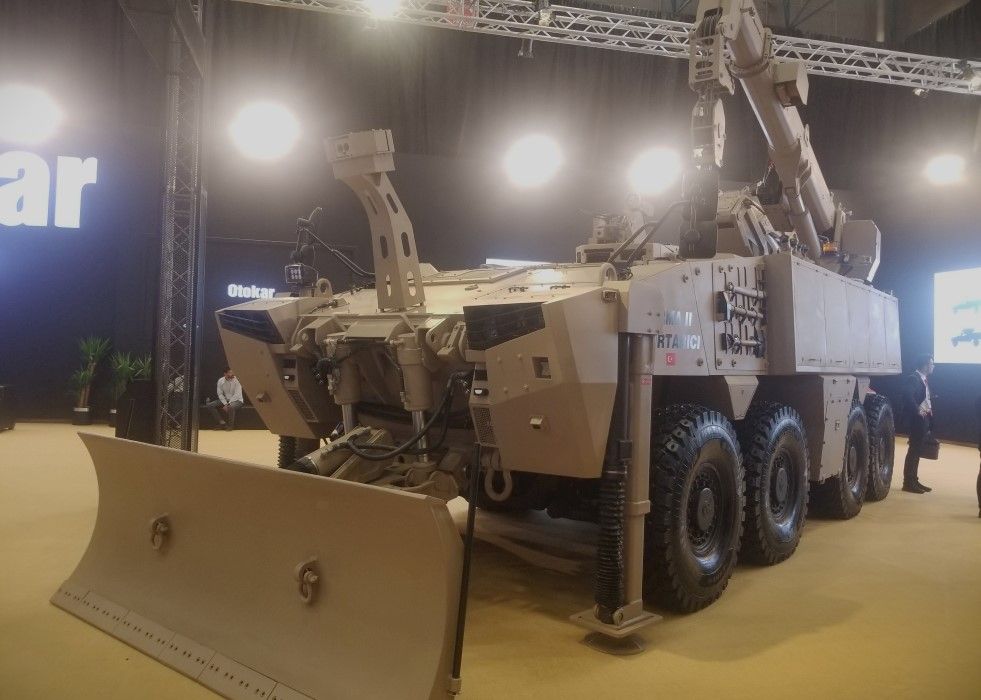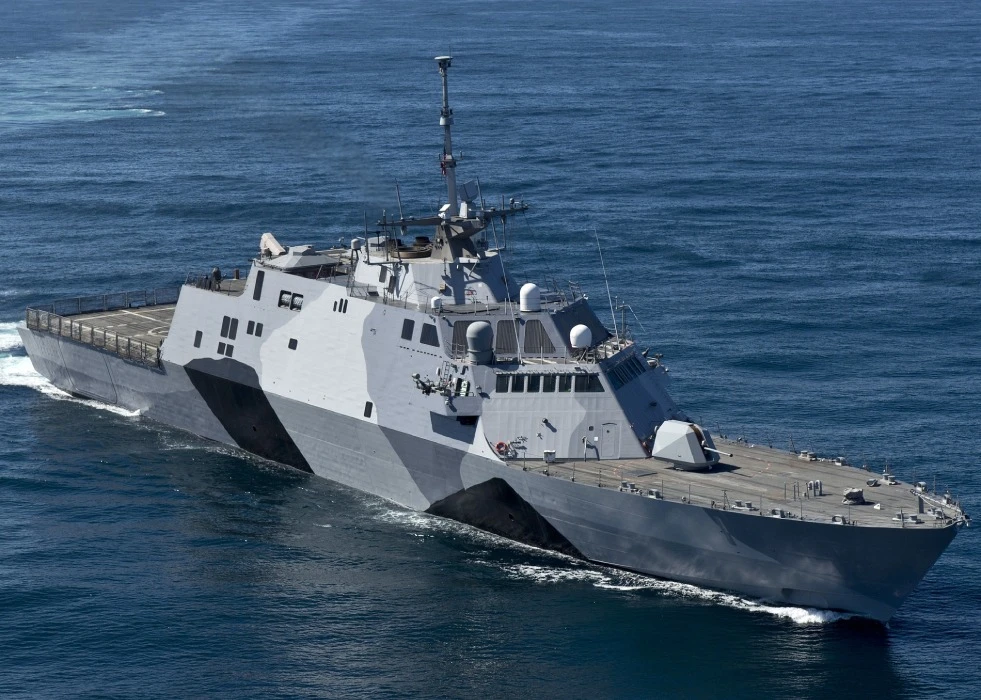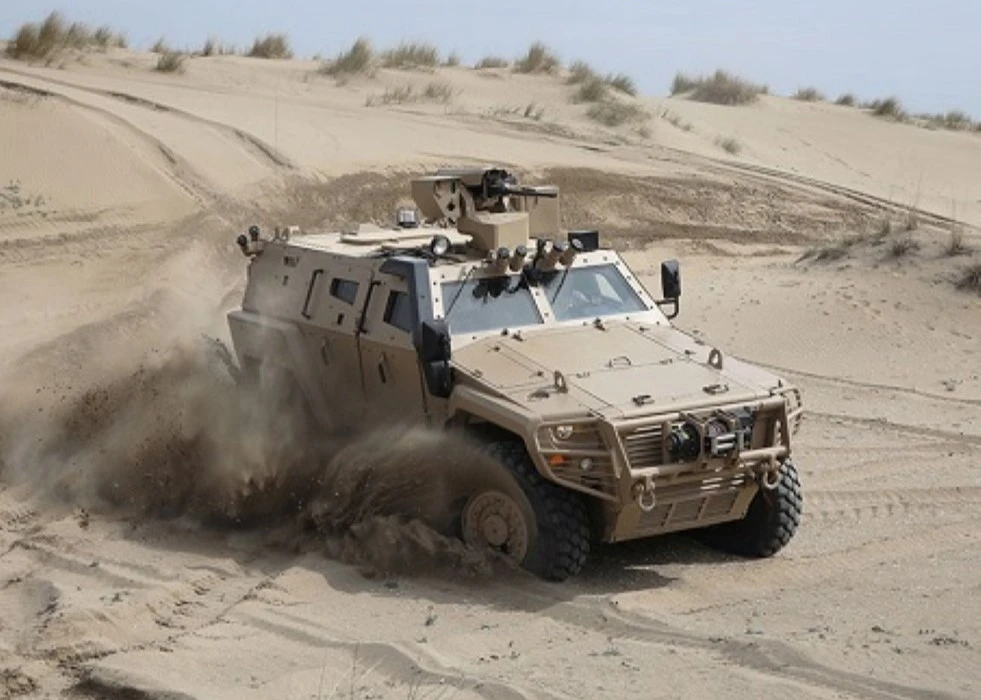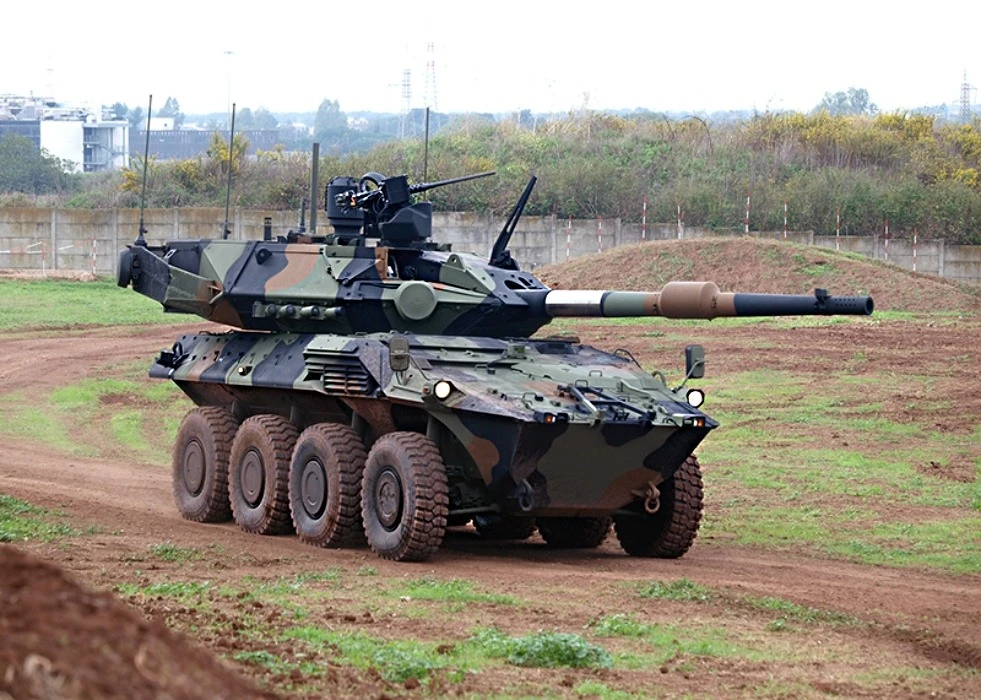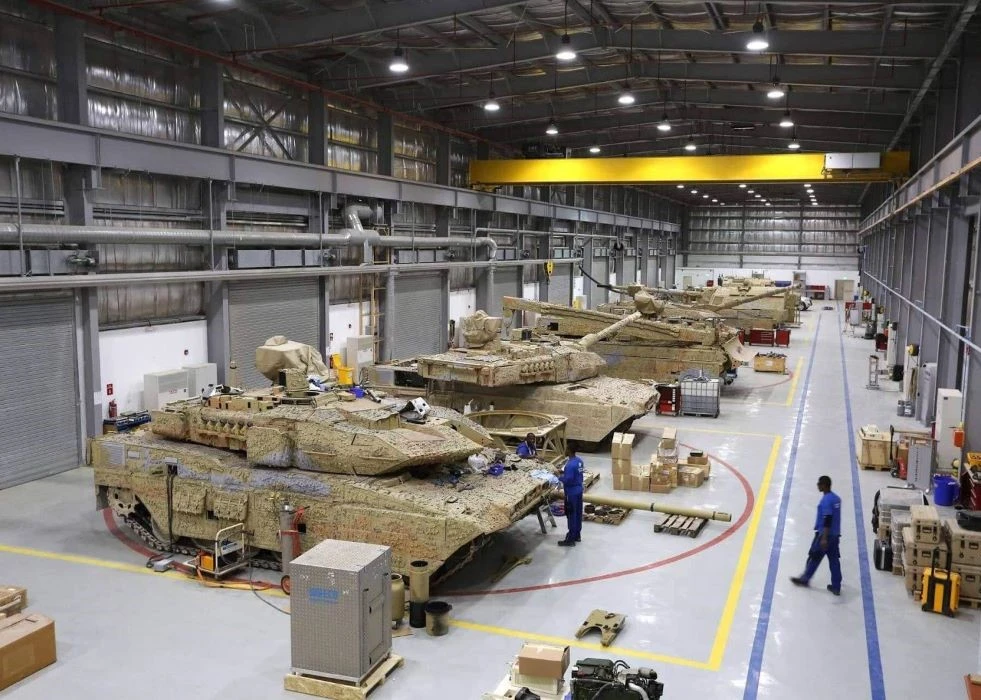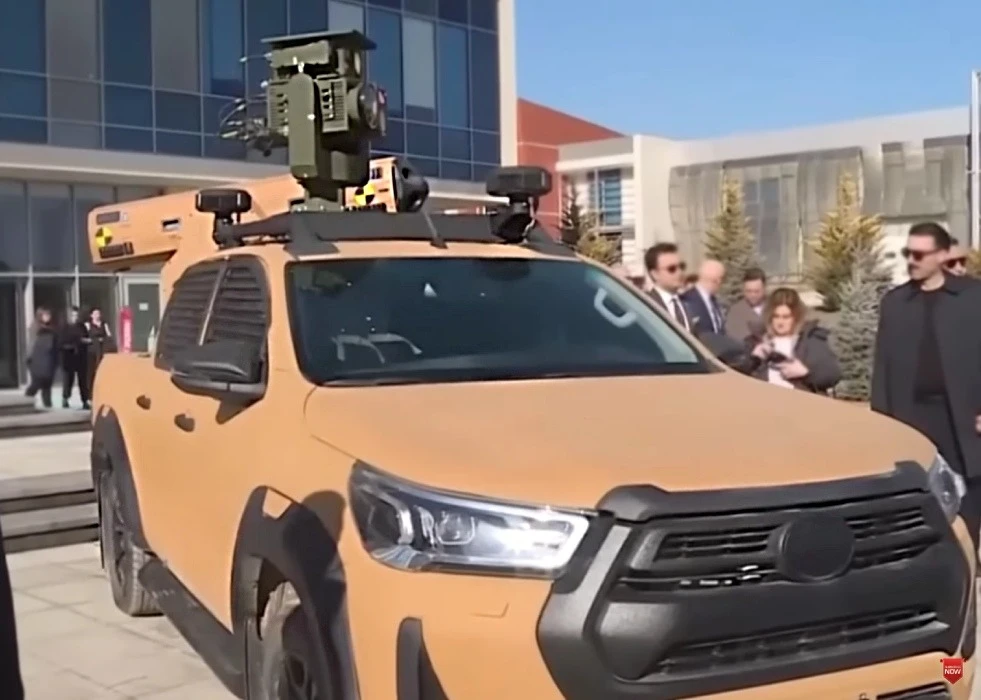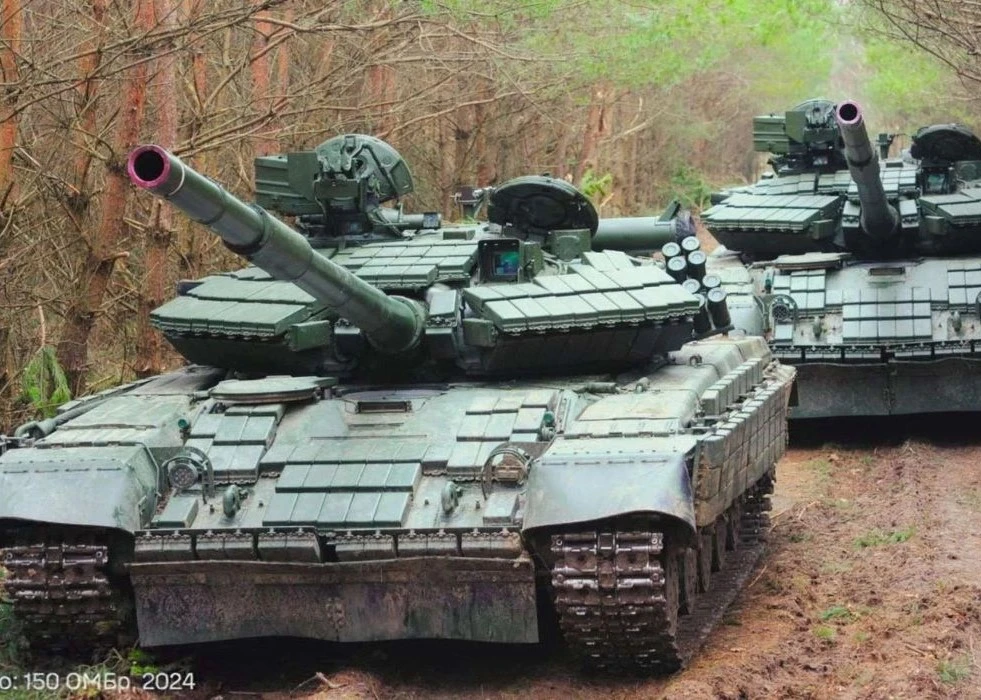Armoured vehicles are the elements that directly affect the course of conflicts on the battlefield today when the appropriate conditions, suitable tactical use and the necessary superiority are met. However, as with every opportunity, the above class has various weaknesses. Removing the necessity of these combat machines when they have broken down or lost their mobility due to enemy fire from the area under fire paved the way for armoured recovery and maintenance vehicles (ARVs). Today, many different ARVs customised for vehicles of various classes are finding users in the international market. One of the most recent members of this class is Otokar's solution to a problem that has always existed but is more prevalent today Arma II 8x8 Mobile Repair and Recovery Vehicle.
Specialised solutions are becoming inevitable for wheeled vehicles, whose usage is expanding, and combat weights are also increasing due to the changing survivability demands. Of course, tracked recovery vehicles can help and provide service to wheeled platforms. However, this means distributing capability and sharing capacity for vehicles whose task definitions specialised for mechanised elements such as main battle tanks and tracked armoured fighting vehicles. On the other hand, the issue of sustainability comes to the fore when tracked vehicles, which have much higher operating costs, are involved.
The procurement costs of wheeled vehicles, whose ballistic protection and mobility have reached higher levels, are, of course, more expensive than their tracked counterparts. However, the operation can be achieved with much lower budgets when it comes to the sustainability point. This is why customised solutions are becoming increasingly important, especially for wheeled classes. Otokar has developed the Arma II 8x8 Mobile Repair and Recovery Vehicle as a result of accurate analyses of the future of class that has created a market of its own, where demand increases day by day, but supply remains limited.
The variant is powered by a 720 horsepower diesel engine and is based on the Arma II 8x8. The Arma II 8x8 ARV can operate with four crew members and perform recovery and maintenance-repair tasks even under enemy fire. The platform offers superior off-road performance even under challenging conditions thanks to its 8x8 configuration. It has a central tyre inflation system that ensures optimum performance by adjusting traction and weight distribution according to the ground conditions. Thus, almost similar operational capability is achieved with Armoured Personnel Carrier / Armoured Combat Vehicle (APC / ACV) models. The Arma II 8x8 MRRV offers improved manoeuvrability in narrow spaces thanks to steering from all axles.
The vehicle is 40-tonne class and offers similar ballistic protection to its family. The "V" shaped hull design improves the already existing ballistic resistance against mines and improvised explosive devices detonated under the vehicle. Providing 360-degree visibility to the user, Arma II has a driver camera and display equipment that supports operation in all weather conditions, including day and night. Its survivability is additionally supported by a remotely controlled weapon system (RCWS), which can be equipped with 7.62 mm or 12.7-millimetre machine guns and smoke mortars.
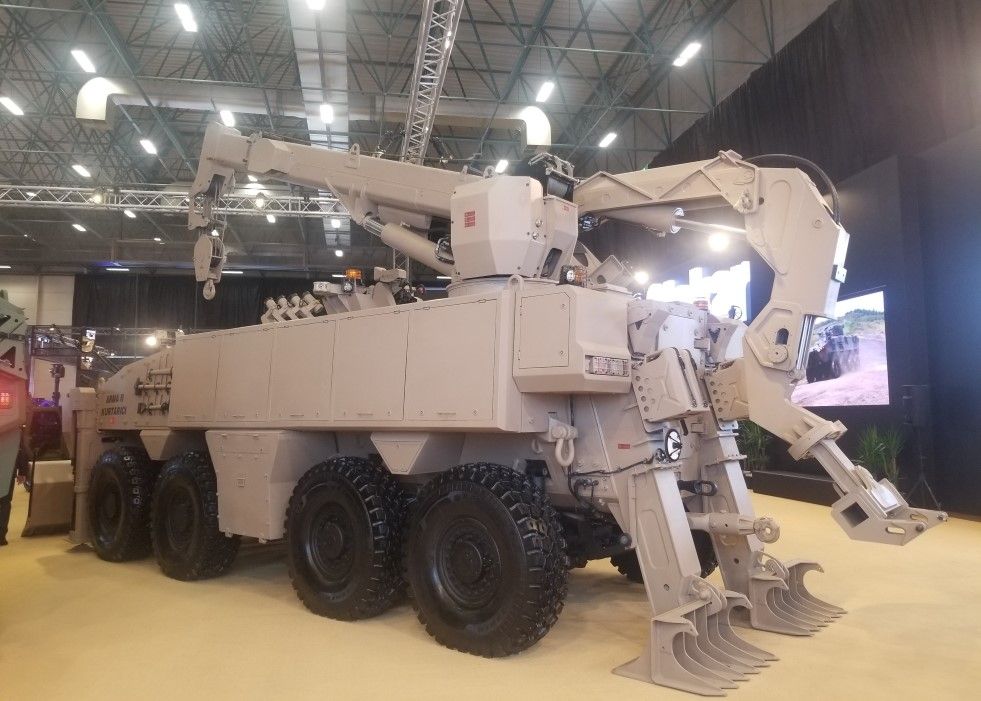
Local subcontractors were preferred during the development of the Arma II 8x8 Mobile Repair and Recovery Vehicle. This situation, of course, stands out as an issue that reduces costs and licensing risks in possible export situations. The hydraulically driven dozer blade at the front can prepare the covering position, remove or fill obstacles in the area, or levelling the ground. It also functions as additional ballistic protection equipment against attacks from the front.
The vehicles, which are installed with two hydraulic legs in the front section during the operation, are equipped with a 25-ton capacity boom crane. In this way, turret or power pack replacement tasks in the field can be executed. The equipment, which has a wide range of rotation and movement, enables the user to perform various tasks. Spare parts and a power pack can be carried on the vehicle's top. This makes it possible to fulfil various requirements with a single Arma II 8x8 ARV when necessary. Mission flexibility increases thanks to the features of the vehicle. The spade on the rear section provides support for stabilisation by pressing the ground. On the other hand, a more robust towing platform could be achieved while towing operation with the winch located in the rear by digging claws to the ground. A 35-ton capacity recovery winch was also installed on the platform. However, Arma II 8x8 Mobile Repair and Recovery Vehicle can salvage vehicles up to 70 tons with a hoist. This makes it possible to provide limited service even to main battle tanks when necessary.
Arma II 8x8 ARV, which can pull out ditched or stuck tracked or wheeled vehicles, can also recover overturned vehicles even on the roadside. In particular, it should be noted that the recovery of overturned platforms requires higher capacity than normal power. The vehicles must be levelled-off quickly. Otherwise, the possibility of bending the chassis in slow operation should not be overlooked. This feature requires a higher crane and electrical infrastructure capacity.
There is lifting and towing equipment at the rear of the vehicle. Considering that the front section of vehicles that hit mines is heavily damaged and disintegrated, the attachment is a vital multiplier that increases the mission range and capability. Thus, regardless of the condition of the front end, damaged vehicles can be easily lifted, towed or loaded onto a trailer and evacuated from the incident scene. The fact that the system is also an Otokar indigenous design brings with it a significant advantage in terms of both cost and exports.

The Arma II 8x8 Mobile Repair and Recovery Vehicle include various repair and maintenance equipment as well as rescue equipment. Welding machines, oxygen and acetylene cutting equipment, and various tools and equipment can be stored in the tool cabinets placed outside the hull. In addition, power outputs have been added in various places on the vehicle; considering the voltage and amperage required by many equipment, the electrical infrastructure of the vehicle has been improved and supported with an additional power unit. Much more valuable equipment can be transported to the mission area under armour protection in addition to the interior space reserved for four crew members. Although the current trend is towards composite-based solutions because of better weight and ballistic protection values, steel vehicles are an important factor that should be addressed. A powerful welding machine in the field is as vital as ammunition, fuel or rations for the wide range of maintenance and repairs required by personnel. The Arma II 8x8 ARV is also equipped with an all-around searchlight, making it possible to carry out missions even in the dark.
All the equipment on the hull can be folded down for transport when switched to road condition. This makes the vehicle much more compact. Thus, the pressure on the driver is reduced by improving automotive and driving capabilities. Lowering the centre of gravity of course, enhances the stability factor and reduces the roll-over risk. In addition, the two axles in the rear section are positioned slightly further back and close to each other compared to the ACV-AFV variants for better weight distribution and balance, especially during lifting, towing or power pack transport. The Arma II 8x8 ARV is not amphibious, although it offers high mobility similar to other models of its family. However, it is almost impossible in engineering terms to provide the capability as mentioned above to a 40-tonne vehicle while maintaining its dimensions and cost factor.
Both sides experienced issues with the recovery or salvage operations from the battlefield of damaged vehicles for a long time that could be put back into service after a short repair. The main reason for the problem is, of course, the lack of sufficient armoured recovery vehicles. Russia was relatively successful in replacing its losses to some extent by opening storage facilities. However, Ukraine could not fill the massive gap of its casualties with its resources. The modern battlefield and current combat experience have shown that armoured recovery vehicles, although normally seen as a second line vehicles, are today at least as strategically important as a main battle tank for this reason.
Overall, the Arma II 8x8 Mobile Repair and Recovery Vehicle is a cost-effective solution that developed in line with changing requirements. The ARV, which is equipped with special tools, ensures that damaged or malfunctioning vehicles can be made ready in a short time with fast and effective repair intervention thanks to its infrastructure when necessary. Thus, operational efficiency is increased while saving resources and time. This makes it possible to optimise logistics processes. In addition, the operational effectiveness of the military units in the field is increased. Performing civilian tasks in natural disaster situations and intervention support capability in emergencies is also provided with the Arma II ARV, which stands out with its functionality.
Modern wheeled armoured vehicles have not yet reached the necessary inventory levels of the Turkish Armed Forces. However, the adaptation of a vehicle that is the preference of many international users and is satisfied with its operation for the task in question; makes the Arma II ARV an essential and competitive product for the export market.
